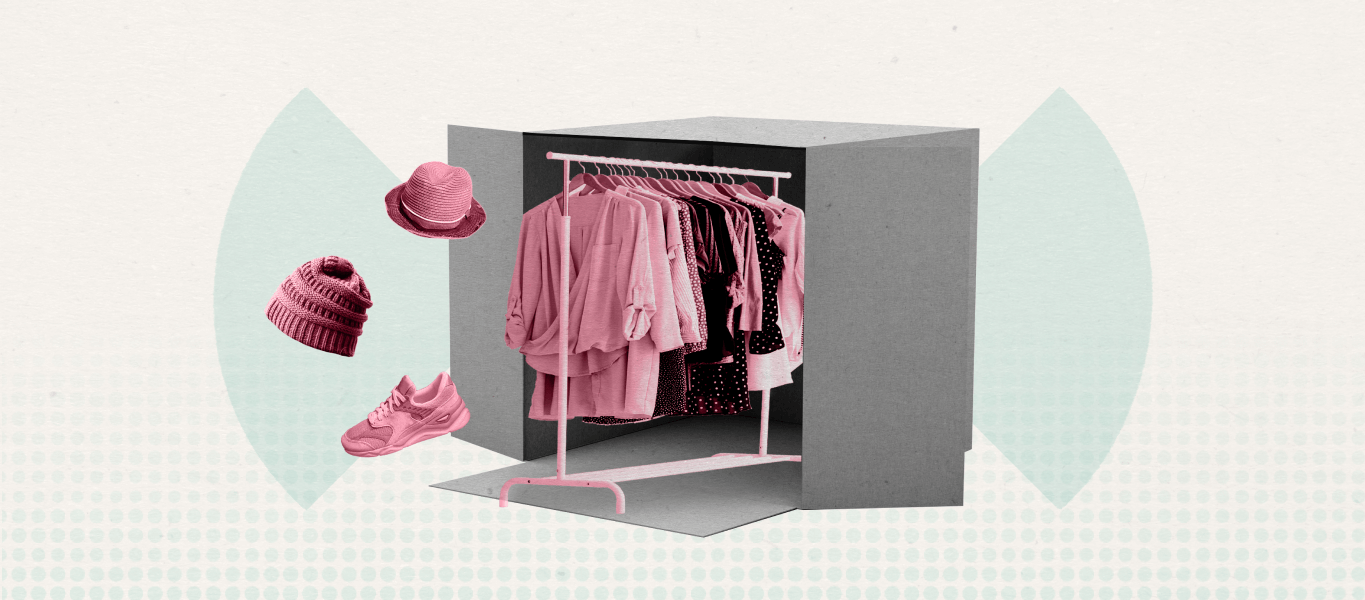The ubiquitous nature of fashion and apparel brands paves the way for the sheer popularity of clothing subscription boxes. Where many consumers enjoy the experience of shopping in-store, there are just as many that loathe the entire process. And for some that lack the confidence to own their own style, they get stuck in a rut of clothing options and are often unsure of what styles may work for them.
The retail industry’s new clothes
As more and more traditional retail stores offer online options, customers are becoming more comfortable exploring the options available to them. It may have started with perusing an online Macy’s catalog or having a Target order shipped directly to their doorsteps, and then evolved into trying out a curated box from unknown retailers.
The concept of subscription boxes isn’t unfamiliar to consumers; in fact, they have proven to be very comfortable with paying on a recurring basis for goods and services to be delivered regularly. With a clothing subscription service, customers can try new items that are on trend or independently selected for them based on their preferences. With convenient return policies, it’s no wonder why these clothing subscription boxes have gained such traction in the last few years.
Walk a mile in your customers’ shoes
What is it about a clothing subscription box that customers find so attractive? For one, there’s the opportunity to try clothing items that they may not have picked up for themselves based on recommendations from a virtual personal stylist. Offering ways for your subscribers to continue to be surprised and delighted by the curated offerings for a monthly fee based on their style preferences and price points can be challenging but highly rewarding.
Up front, many clothing subscription box brands utilize a style quiz where new customers can answer a few questions that ultimately ensure they receive a box of clothes they would actually wear. That being said, it doesn’t always mean that every box will be a home run. Preferences and personal styles change frequently, so making returns and exchanges foolproof is a great way to keep customers coming back for more. Offering personal styling services or similar services to save time and money are great ways to keep your customers excited and engaged.
Wearing your heart on your sleeve
Consumers, especially those in the Millennial and Gen Z demographics, gravitate toward brands that have a greater purpose behind them. TOMS, the ever popular shoe brand, gained popularity and attention when they pioneered the One for One model–donating a pair of shoes to those in need every time a pair was purchased.
If you are a brand that has a specific “Why,” you should publicly acknowledge that purpose in places like the homepage of your website, social media, and in advertisements. Similar products exist in such a saturated market, and what sets you apart from your competitors is the commitment to something bigger, like sustainability, serving your community, charitable contributions and more.
A great example of a purpose-driven clothing brand is Izzy & Liv. Their goal “is to make sure that the things Black women love are reflected in the things Black women buy.” Through that mission, they put together the Brown Sugar Box, containing a variety of items, from clothing pieces to accessories, that provide Black women with pieces that were made specifically for them.
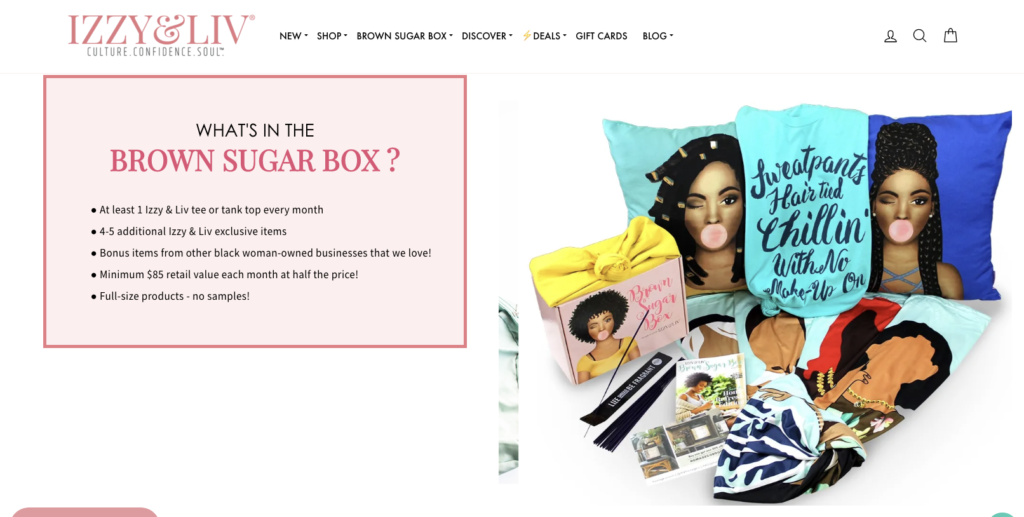
Clothing subscriptions for all
While heavily dominated by female consumers, there are subscription clothing boxes for everyone. For men, clothing box brands have distilled down to what is important for a demographic that typically doesn’t spend time shopping for themselves. For example, Fresh Clean Tees set out with a mission to provide high-quality men’s basics to shoppers at a convenient and affordable monthly rate.
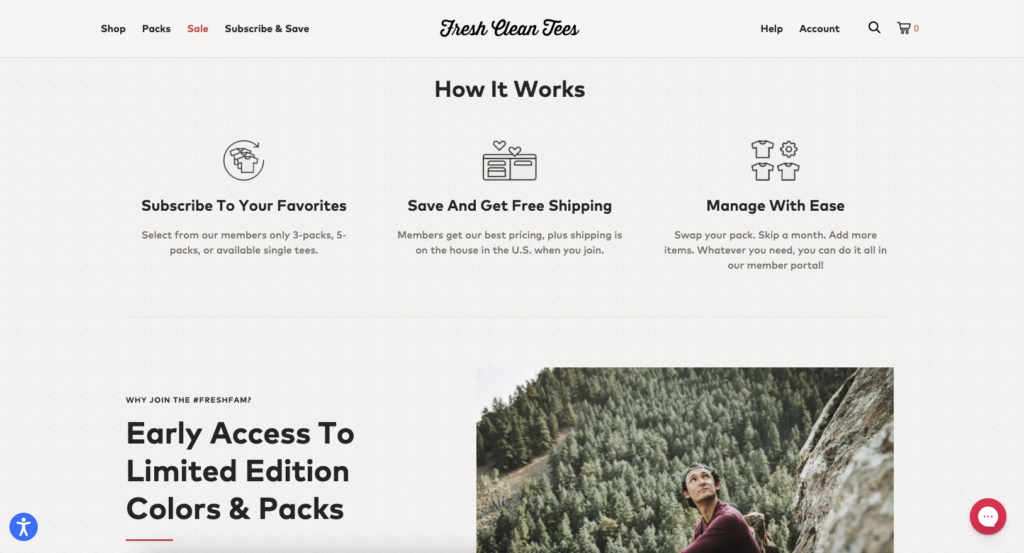
Getting clothing for a monthly subscription isn’t just for adults. There are also children’s brands that have hit the market and are widely used. By taking into account the fast-paced growth young children go through, parents and guardians can supply their kids with fashionable clothing that is conveniently delivered to their doors. Additionally, kids’ accessories are also highly utilized, because, as any parent can attest to, little tiny kid stuff (i.e. socks, bows, headbands, etc.) gets lost very quickly. Children’s accessory brand Little Poppy Shop offers bows and headbands on subscription, starting the process by helping parents identify what size and fit is best for their child.
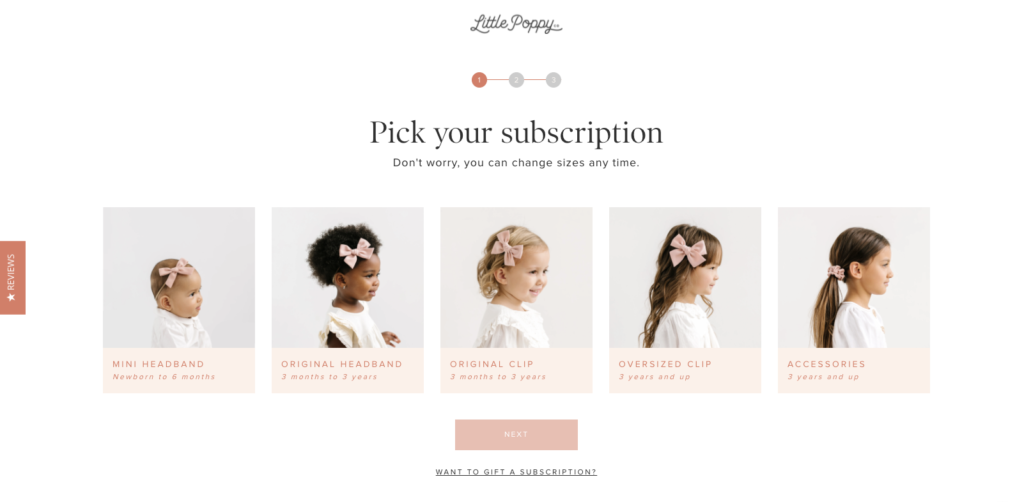
Dressed to the nines
For fashion addicted consumers, many brand-name and celebrity brands have moved to a subscription box model. High-end dresses and outfits have even become more readily available to a wider array of consumers through clothing rentals like Rent the Runway.
Curateur by Rachel Zoe pairs a membership concept with a traditional curated subscription box. Customers pay for their first box of curated goods, and then renew seasonally to receive a five-piece box every quarter. In doing so, their members (of varying levels) get early access to curated boxes, special shopping options in The Shoppe, and discounts at ShopRachelZoe.com. This tactic of membership plans entices customers to keep active with their subscription and take advantage of the additional perks beyond just a curated box of goods.
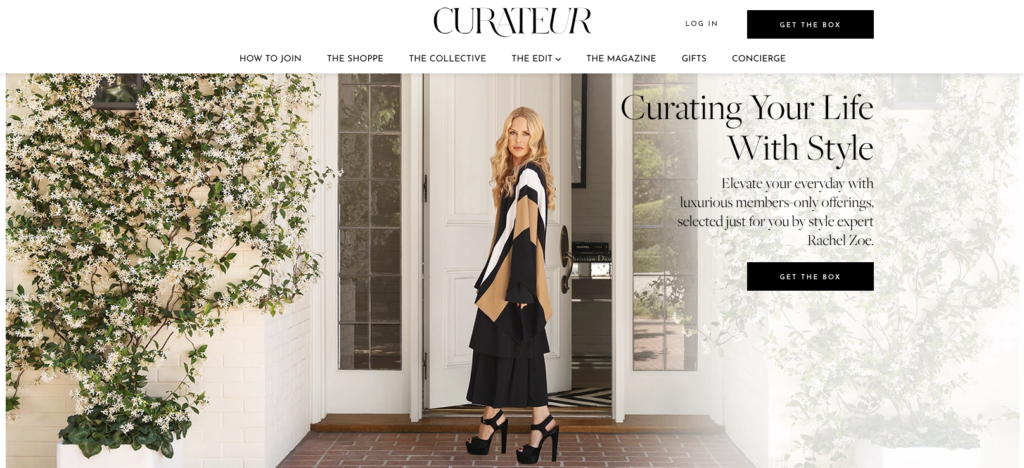
The best clothing subscription boxes are rolling up their sleeves
To stand out as one of the best clothing subscription boxes, combine these tactics to fit your business model and customer needs.
- Showcase the value of your subscription box up front. Consumers want to feel as though they’re getting a discounted price on items that they would normally purchase one-off. Providing a comparison of price-points for one-time purchases versus subscriptions could be a great way to show your value up front. Another option is offering free shipping on all subscription services, creating even more value.
- Make it convenient in more ways than one. Getting a monthly box of clothes delivered right to your door is very convenient, but the fear of not being able to easily return or exchange said clothes can often scare potential buyers away. Put your cancellation policy front and center for customers to see when researching your subscription offering. Remember, the harder it is to cancel, the less likely your customers will reactivate a subscription or recommend you to a friend. Everyone’s situation changes, sometimes unexpectedly, so giving them options to work with you regardless of where they are is a great way to retain loyal fans.
- Provide options, but not too many. Analysis paralysis is real and can be a huge hindrance to someone signing up for a subscription with you. Provide them with just a few options for their purchase, and then send them a small box of clothing and accessories to choose from. Many brands go with only two to three items, where others max out at around five. Either way, doing this gives customers the feeling of choice, without it being overwhelming.
- Get customers excited for their next box. Depending on the frequency of deliveries and also the shopper’s other purchases, room in their closets may start to dwindle. By giving them options for specific lifestyle products or other services that are outside of the norm, you keep them engaged throughout their lifecycle, ultimately increasing their lifetime value (LTV)
- Offer cross-sell and upsell products. Once you understand your customers’ personal style, whether by style quiz or purchase habits, you can serve them up options for additional products to add to their box without incurring additional shipping costs. For example, if someone is purchasing work clothes, you may offer up one pair of underwear or a headband to go along with their new outfit.
Whatever tactics you apply to your own business strategy, keep in mind that personalization goes a long way. By tailoring your messaging and offerings to your customers’ unique needs and desires, you’ll show that you’re well-equipped to meet them where they are. That listening-based approach shows your dedication to the customer relationship—and lays the groundwork for brand loyalty that stands the test of time.
